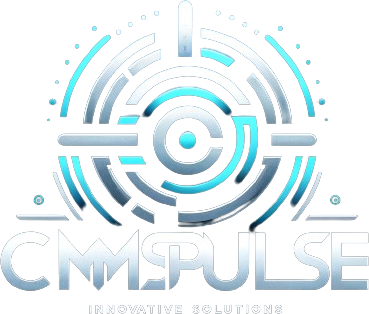Best Practices for Office 365 Migration
On-premise storage of emails and client data is less secure than storing it in the cloud. Therefore, many corporate leaders are swapping from traditional storage solutions to cloud-hosted ones. These migrations entail significant effort, requiring dedication and perseverance to overcome. Here are a few tips to augment your upcoming migration and ensure it goes well.
Anticipate Potential Dependencies
Typically, data can be migrated without an issue, but interdependent applications may break. For example, if your archive mailbox vanishes, incoming mail will not arrive at the proper destination. Consequently, valuable correspondence could be lost if you do not prepare early. Adding new variables to the EV archiving policy would ease these issues. When you migrate to Office 365, this should be considered.
However, they must be implemented soon enough to prevent apparent disruption to clients. An experienced electronic migrations team will implement advanced analytics to isolate dependencies. Then, they can concoct a suitable solution without wasting a corporation’s resources.
Migration Approaches Should Fit Organizational Requirements
Every company’s migration will differ, resembling an entirely different process by the end. Nevertheless, key commonalities are shared between them all. Tailor your migration’s approach to your organization’s needs, ensuring ideal results. If you require easily accessible email archives, put them at the top of your priority list.
Older archives can possess thousands of individual emails accumulated over the years. Fingerprinting and organizing them would be a strenuous endeavor, but it can be avoided. An appropriate vendor-implemented solution may include new architecture to alleviate excess network load. Network specialists can analyze your hardware’s capabilities and determine what it can handle.
Understand the Underlying Migratory Framework
Each EV company’s underlying framework varies, so you should understand the variations. In many cases, they will utilize a data migration server and a dedicated migration SQL server.
On the other hand, some companies are asking customers to implement Microsoft Azure as a host. Regardless of your direction, make sure to understand the implications fully. Multiple architectural generations are required in some circumstances.
Differentiate Between Generational Models
Newer generations of hardware usually enhance the speed, reliability, and efficiency of migrations. As a consequence, migrating users may note an improved experience. Updating hardware components can augment a corporation’s transfer capacity and decrease network stress.
Nonetheless, they must consult with an expert prior to implementation. Large-scale migrations entail significant effort, expense, and time, so approach them wisely. An adequate support team can optimize the transfer rate and hasten the ordeal.
Backing Up Crucial Data
As data migrates, it is vulnerable to outages and hackers. If the network’s power supply is disrupted, it may corrupt the data’s integrity. As a result, this would negatively affect downstream applications of this technology. Before proceeding, it would be wise to back up crucial data.
Otherwise, business plans could suffer if something important was lost during the move. Utilizing a proof-of-concept can be a quick workaround when testing approaches. These can demonstrate the viability of a decision and its long-term implications.
Protecting Against Service Protection Throttling
An exterior network operator imposes throttle-backoffs. From a client’s perspective, it appears as if a network suddenly loses speed. These are unpleasant situations to deal with regardless of your position.
Luckily, avoiding them is possible if an organization implements an appropriate solution. Dynamic scaling of microservices can eliminate potential disruption in the majority of cases. Furthermore, these changes can happen in real-time as actual needs fluctuate.
Strengthening Network Throughput to Handle High Loads
Compressing the data that is being transferred will simplify overall complexity. Moreover, it will lessen the network’s anticipated load, decreasing the likelihood of errors. Updating hardware will also boost the transfer of migrating data. Yet, compression is often sufficient, particularly for smaller moves.
Preparing for Unanticipated Disruptions and Disturbances
Announce service outages ahead of time, so customers have time to prepare. The anticipation will give them time to encrypt and back up data, so it is not lost. Once it is feasible, the migration may proceed, but it should be done during off-peak hours. That way, hangups will not adversely impact user experiences if they occur.
Migrating to a New Office 365 Architecture
Migrating email servers can confer myriad benefits to network users. Nonetheless, these swaps must be approached cautiously, or data could be lost forever.
